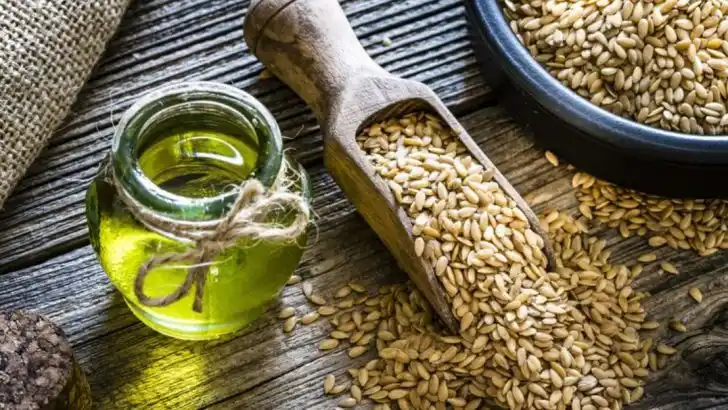Your garden could heal more than your soul—it might help save your heart. Forget sterile gyms and flavorless meal plans for a second. The soil under your nails, the rhythm of planting, pruning, breathing—that’s medicine too. This isn’t about running marathons. It’s about growing tomatoes while your pulse settles. Picking herbs while your blood pressure thanks you. Sitting with a shovel instead of a prescription pad. It’s movement with meaning. Purpose without pressure. Here are 19 garden activities that support your recovery, one calm, dirt-streaked moment at a time.
Sowing Seeds
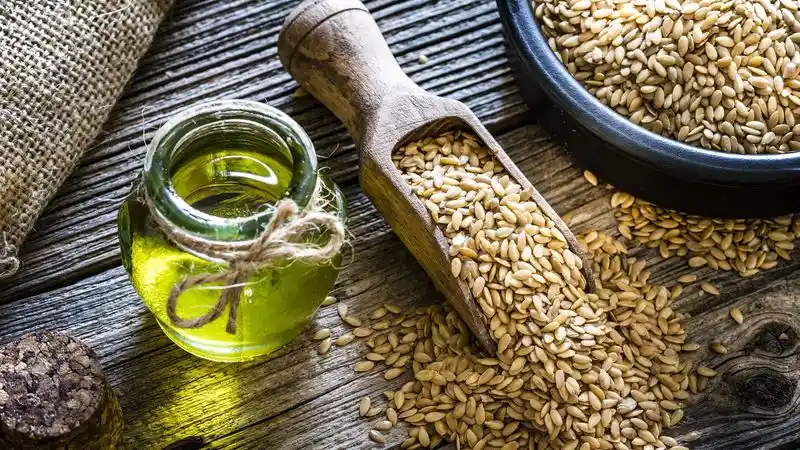
Sowing seeds is more than just planting future flora; it symbolizes hope and renewal. The gentle actions involved, such as bending and stretching, offer mild cardiovascular exercise. As you plant each seed, you’re contributing to a healthier heart. This activity is perfect for those who enjoy a calm, serene environment.
With each seed planted, there’s a sense of accomplishment and anticipation for growth. This activity not only engages the body but also the mind, as it requires focus and planning. Ideal for a warm, sunny day, sowing seeds connects you to the earth in a meaningful way.
Watering Plants
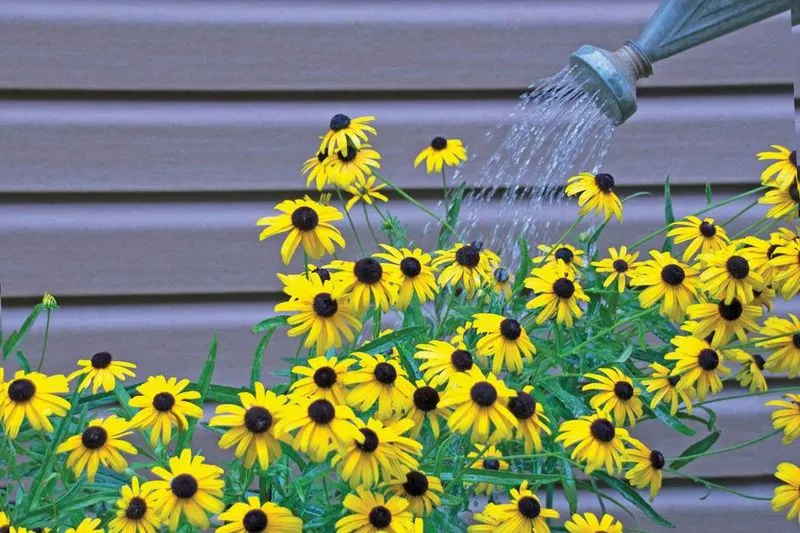
Watering plants is a simple yet effective way to engage in physical activity. It involves filling a watering can and moving from plant to plant, providing gentle exercise. The rhythmic motion of watering can be quite meditative, offering a moment of peace and reflection.
This task is suitable for individuals recovering from heart disease as it encourages movement without overexertion. The sound of water and the sight of thriving plants can boost mood and reduce stress. It’s a daily ritual that fosters a connection with nature and encourages a routine that supports health.
Weeding
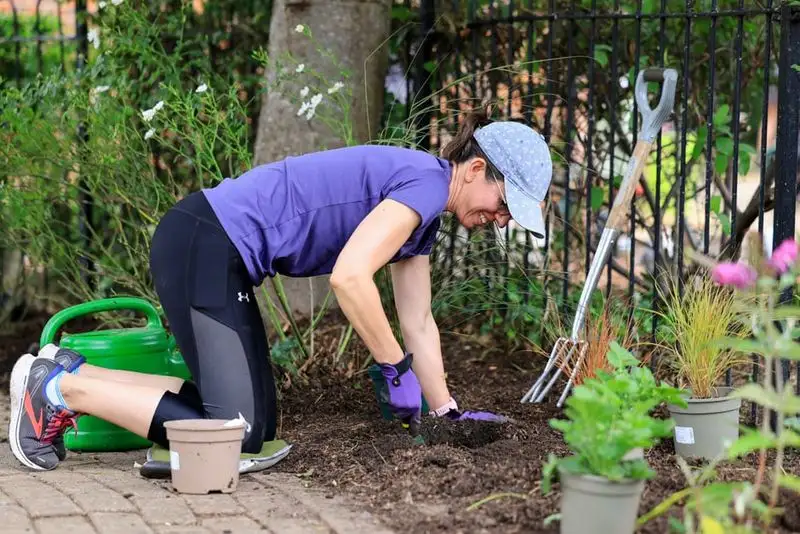
Weeding might seem like a chore, but it’s a valuable activity for heart health. It involves bending, pulling, and reaching actions that provide excellent low-impact exercise. The satisfaction of a weed-free garden is rewarding.
Through weeding, one engages various muscle groups, enhancing flexibility and strength. This activity also offers a chance to enjoy the therapeutic benefits of being outdoors. Weeding helps reduce clutter, both physically and mentally, providing clarity and calmness. It’s a mindful activity that improves focus and relieves stress, fostering an environment of growth and tranquility.
Pruning Shrubs

Pruning shrubs is both an art and science, requiring precision and care. This activity involves cutting back overgrown branches, promoting plant health and vigor. The physical movements involved, such as reaching and clipping, offer mild cardiovascular benefits.
Pruning not only supports plant growth but also provides a sense of control and accomplishment. It encourages creativity and attention to detail. For those recovering from heart disease, this task is a gentle form of exercise that also enhances the garden’s beauty. Engaging in pruning can lead to a sense of satisfaction and improved well-being.
Composting
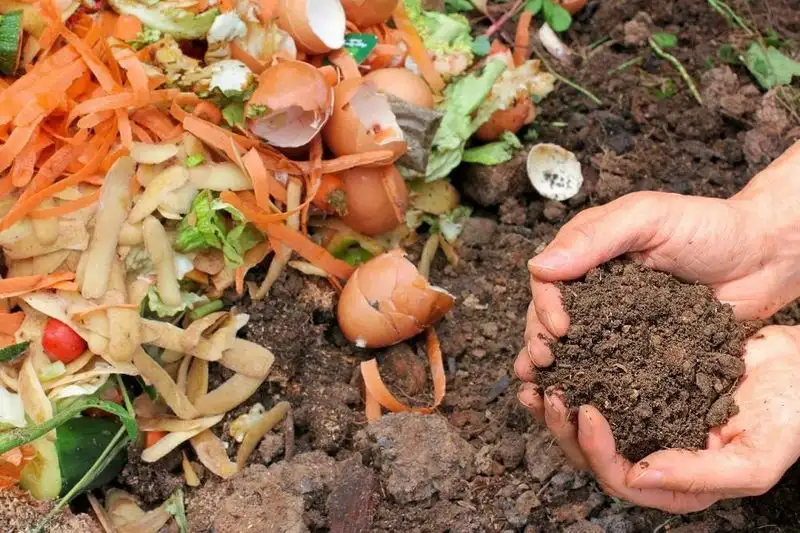
Composting transforms waste into nourishment for the garden. This eco-friendly activity involves collecting organic waste, such as vegetable scraps and leaves, and turning it into rich compost. The process requires regular turning and aeration, providing light exercise.
Composting encourages mindfulness about waste and promotes sustainability. It offers a sense of purpose as you contribute to the earth’s cycle. For heart disease recovery, this activity promotes gentle movement and connection to nature. Watching waste turn into soil enhances patience and appreciation for natural processes, making it a rewarding experience.
Creating Garden Paths
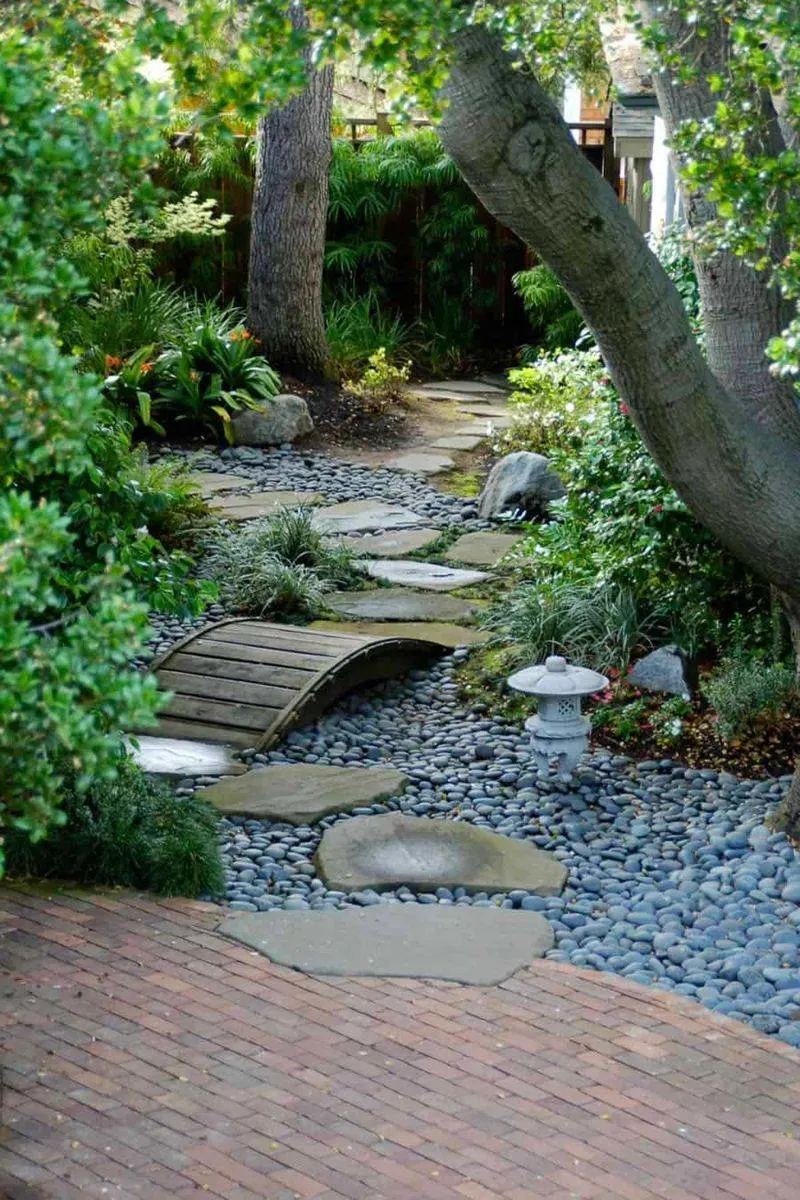
Designing and creating garden paths is an engaging activity that combines creativity and physical exercise. It involves planning the layout, selecting materials, and placing each stone or brick carefully. This task requires bending, lifting, and stretching, offering a moderate workout.
Garden paths add aesthetic appeal and functionality, providing easy access throughout the garden. For those recovering from heart disease, this activity promotes cardiovascular health and creativity. The satisfaction of a completed path brings a sense of accomplishment. It’s an opportunity to leave a lasting mark on the garden, enhancing its beauty and usability.
Building Raised Beds
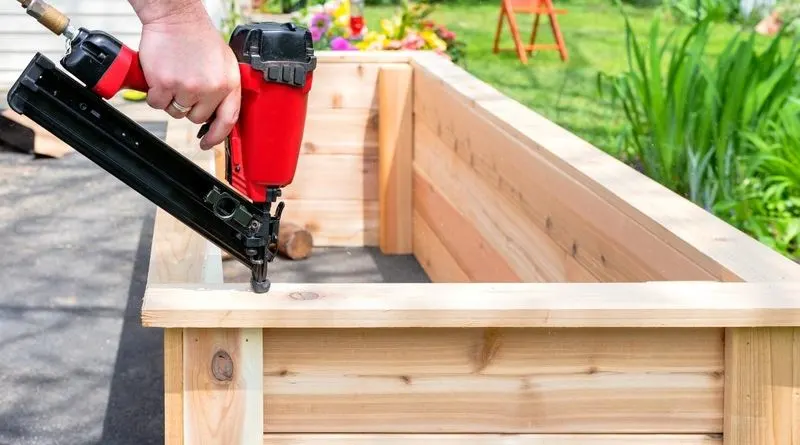
Building raised beds is a hands-on activity that combines carpentry skills with gardening. It involves assembling wooden frames and filling them with soil, creating an elevated space for planting. This task engages multiple muscle groups and promotes moderate physical activity.
Raised beds offer practical benefits, such as improved soil quality and easier access to plants. This project fosters creativity and problem-solving, providing a sense of achievement upon completion. For heart disease recovery, building raised beds encourages movement and planning. It’s a rewarding way to enhance the garden’s functionality and aesthetics.
Planting Herbs

Planting herbs is a delightful way to engage the senses and promote health. This activity involves selecting and planting herbs in pots or garden beds, with each herb offering unique scents and flavors. The process of planting and caring for herbs provides gentle exercise.
Herbs enhance culinary experiences and offer medicinal benefits. For those recovering from heart disease, tending to herbs encourages mindfulness and relaxation. The vibrant greenery and aromatic scents uplift the spirit. Planting herbs is a simple yet fulfilling activity that connects you to nature and enriches your daily life.
Harvesting Vegetables
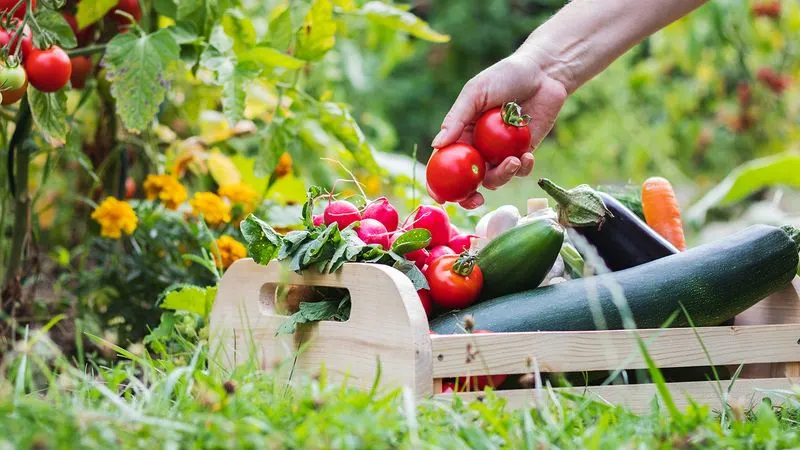
Harvesting vegetables is a gratifying way to enjoy the fruits of your labor. It involves picking ripe produce, requiring gentle bending and lifting actions. This activity encourages movement and provides a sense of accomplishment.
Freshly picked vegetables offer nutritional benefits, supporting heart health. For those in recovery, harvesting is a chance to connect with the earth and witness the results of dedicated care. The vibrant colors and fresh scents of vegetables invigorate the senses. Harvesting is a moment of celebration, as it embodies growth, effort, and the joy of nurturing life.
Arranging Flowers

Arranging flowers is a creative pursuit that brings beauty and joy. It involves selecting and arranging blooms to create aesthetically pleasing displays. The simple act of arranging flowers offers gentle physical activity and encourages mindfulness.
This task engages the senses with vibrant colors and fragrant scents, uplifting the mood. For heart disease recovery, flower arranging promotes relaxation and a sense of calm. It’s an opportunity to express creativity and bring nature indoors. The finished arrangement is a visual delight, embodying balance and harmony, and serving as a reminder of the beauty in simplicity.
Garden Meditation

Garden meditation is a peaceful practice that combines mindfulness with the soothing ambiance of nature. It involves sitting quietly in a garden setting, focusing on the breath and natural surroundings. This practice promotes relaxation and stress reduction.
Meditation offers numerous benefits for heart health, including lowering blood pressure and enhancing mental clarity. For those recovering from heart disease, garden meditation provides a tranquil escape and fosters emotional well-being. The sights and sounds of the garden enhance the meditative experience, creating a sense of oneness with nature. It’s a restorative activity for body and mind.
Bird Watching
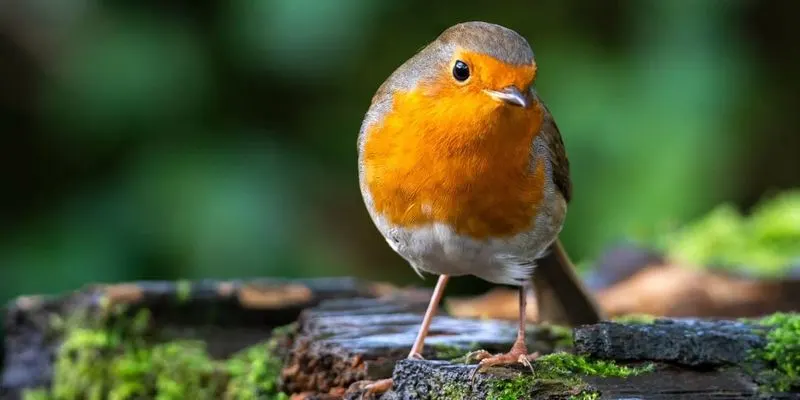
Bird watching in the garden is a delightful activity that combines relaxation with gentle engagement. It involves observing various bird species as they visit feeders or perch in trees. This pastime encourages focus and patience.
Bird watching provides a sense of wonder and connection to wildlife. For heart disease recovery, it offers stress relief and a calming influence. The diversity of birdlife and their melodious calls enrich the garden experience. It’s a chance to learn about nature and appreciate the simple joys of life. This activity fosters mindfulness and a deep appreciation for biodiversity.
Building Birdhouses

Building birdhouses is a creative project that combines craftsmanship with environmental stewardship. It involves constructing and decorating shelters for birds, offering them a safe haven. This task requires planning and hands-on effort, promoting physical activity.
For those recovering from heart disease, building birdhouses provides a sense of fulfillment and contributes to biodiversity. The process encourages creativity and teamwork. The sight of birds using the completed houses adds joy and satisfaction. This activity is a wonderful way to give back to nature and enhance the garden’s appeal by attracting avian visitors.
Creating a Zen Garden
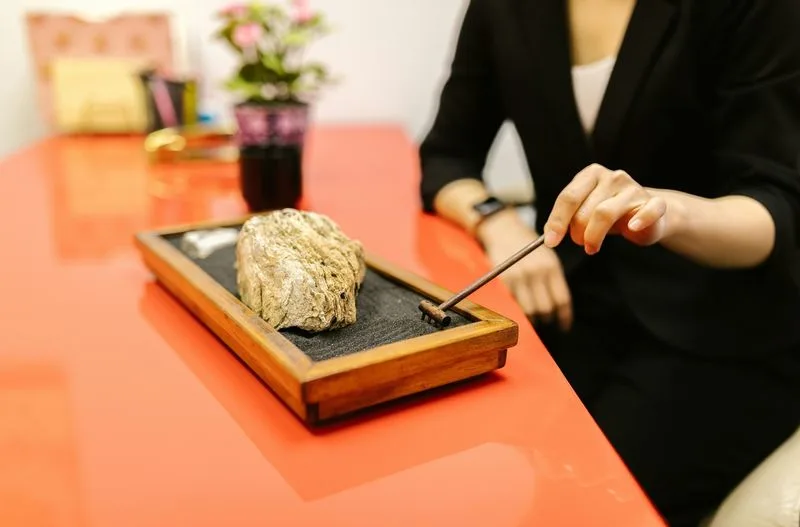
Creating a Zen garden is an artful way to promote tranquility and focus. This activity involves arranging rocks, sand, and minimalist plants to create a meditative landscape. The process requires precision and mindfulness.
Zen gardens offer a space for reflection and stress relief, supporting heart health through relaxation. For those in recovery, designing a Zen garden fosters creativity and a sense of peace. The simplicity and harmony of the garden provide a calming influence, encouraging introspection. This activity results in a personal retreat for meditation and contemplation.
Installing a Water Feature
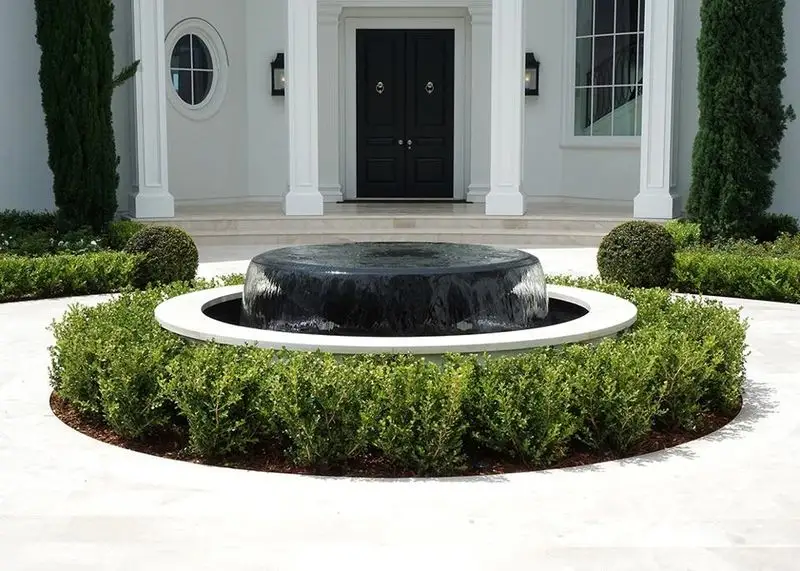
Installing a water feature adds a soothing element to the garden environment. This task involves selecting and setting up fountains or ponds, offering gentle physical activity. The sound of flowing water enhances relaxation and mental well-being.
Water features attract wildlife and create a peaceful atmosphere. For heart disease recovery, this activity provides a sensory experience that promotes calmness and joy. Watching water flow can be meditative, reducing stress and fostering mindfulness. Installing a water feature transforms the garden into a serene haven, promoting emotional and physical health.
Growing Climbing Plants

Growing climbing plants adds vertical interest and beauty to the garden. This activity involves planting and training vines to grow up supports, requiring gentle care and attention. The process offers mild exercise and enhances the garden’s aesthetic.
Climbing plants provide shade and habitat for wildlife. For those recovering from heart disease, tending to these plants fosters patience and satisfaction. The vibrant blooms and greenery bring joy and tranquility to the garden. Watching plants grow upward symbolizes hope and progress, making this activity both rewarding and therapeutic.
Making Leaf Mold

Making leaf mold is an eco-friendly way to enrich garden soil. This activity involves collecting fallen leaves and allowing them to decompose, creating nutrient-rich compost. The process encourages movement and outdoor engagement.
Leaf mold improves soil structure and water retention, benefiting plant growth. For heart disease recovery, this task combines physical activity with environmental stewardship. It’s a slow process that teaches patience and appreciation for natural cycles. The finished product is a testament to time and effort, enhancing the garden’s health and vitality.
Participating in Community Gardening
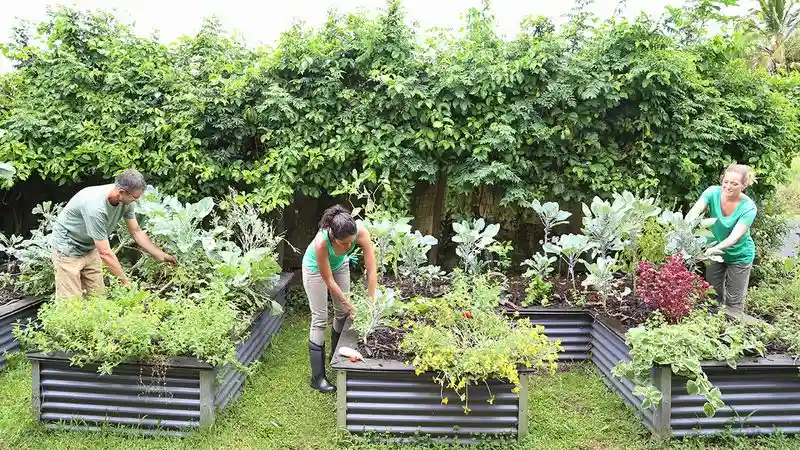
Community gardening fosters social connections and shared purpose. It involves working alongside others to cultivate shared garden spaces, providing social and physical engagement. This activity promotes teamwork and inclusivity.
Participating in community gardening offers numerous benefits for heart health, including increased physical activity and reduced stress. For those in recovery, it’s an opportunity to meet new people and contribute to communal green spaces. The collaboration and shared achievements create a sense of belonging and fulfillment. Community gardening enhances personal and collective well-being, nurturing both plants and relationships.
Crafting Personalized Garden Markers
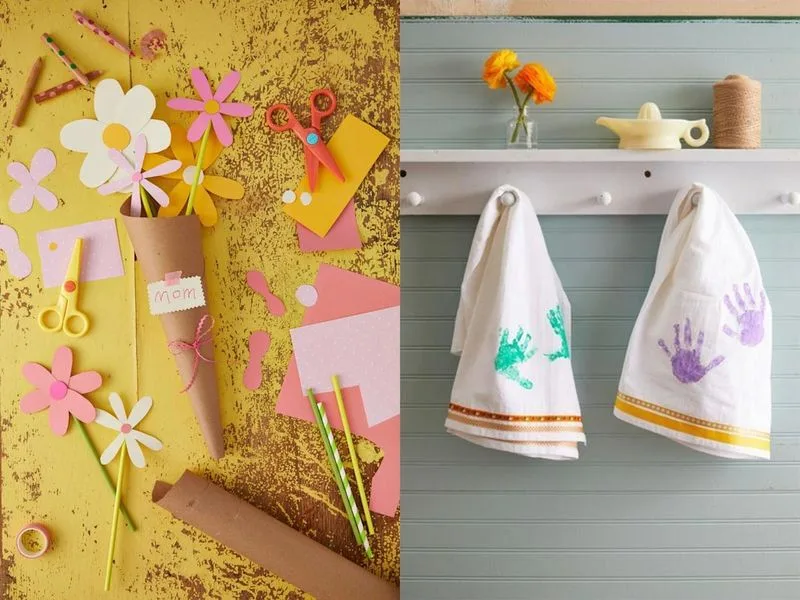
Engage your creativity by crafting personalized garden markers. This soothing activity combines gentle physical movement with artistic expression, providing a perfect balance for heart disease recovery. Painting and decorating each marker allows you to slow down and focus on the present moment.
With each stroke, feel the stress melt away, replaced by a sense of calm and accomplishment. Personalizing your garden not only adds a unique flair but also encourages daily interaction with nature.
Did you know? Adding labels helps remember plant names and care instructions, making gardening more manageable and enjoyable.

